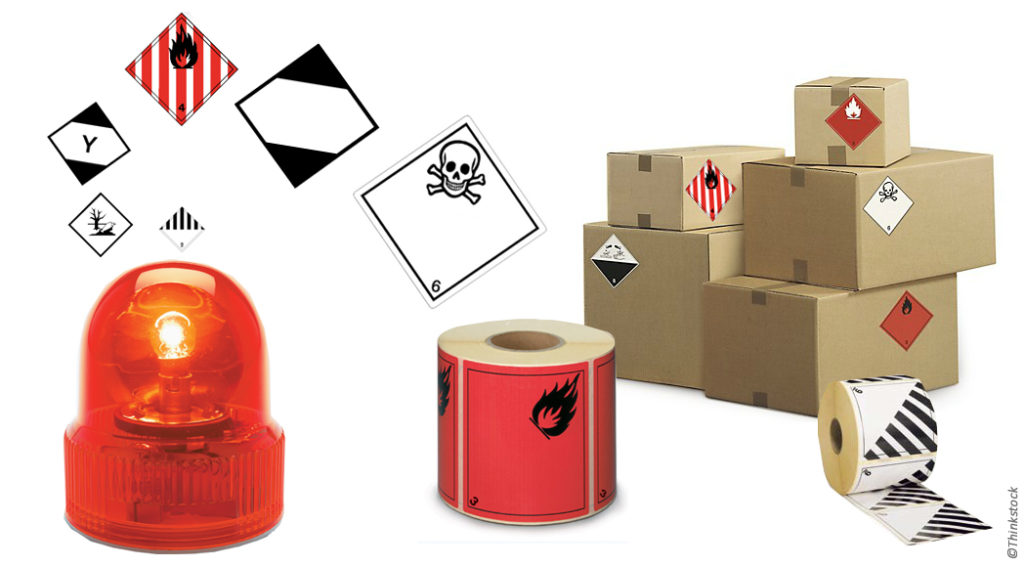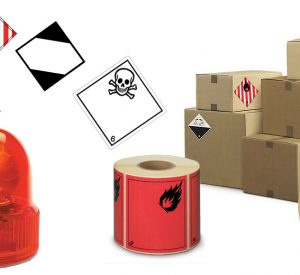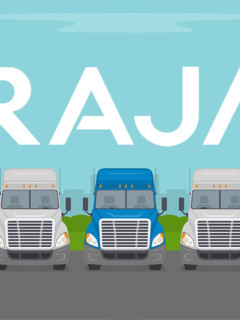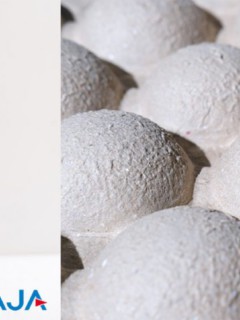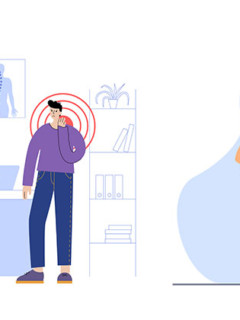According to the sober definition from the business dictionary, the “pallet is a standardised durable platform as a base for stackable goods that can be handled as a loading unit with forklift trucks”. That is correct. And yet in practice it is a little more complicated. Because there is a multitude of pallet types, from different sizes to the most diverse materials. In addition, there are a number of things to consider in terms of load-bearing capacity and area of application.
Material and transport route
The decision on the right material is determined by the type of load and the type of transport route: rail, air, road or water. From a purely cost-technical point of view, the pallet should weigh as little as possible, in the truest sense of the word. From this point of view, pallets made of corrugated cardboard or INKA pallets, made of recycled wood chips, are the right choice. The decisive disadvantage of these lightweights: they are not (or only to a limited extent) moisture-resistant. Neither the INKA pallet nor the corrugated cardboard pallet are suitable for high-bay storage or on the conveyor belt. And if certain hygienic standards have to be met, pallets made of wood, such as the one-way wooden pallets, or corrugated cardboard are also usually unsuitable.
Euro pallets
You can find out how the Euro pallet was invented in our article on the Euro pallet.
Düsseldorf pallet
The Düsseldorfer pallet, also known as the half pallet, is one of the most common types of pallet. The decisive factor is the size: with dimensions of 800×600 mm, it corresponds to half the size of a Euro pallet and is therefore particularly handy and versatile.
Wooden pallets
However, compared to corrugated cardboard or plastic pallets, they cannot be stacked inside each other. In order to be approved for export worldwide, they must also comply with the IPPC/ISPM 15 standard.
Corrugated cardboard pallets
Inca pallets
Plastic pallets
Particularly in hygiene-sensitive industries such as medicine, pharmaceuticals and the manufacture of optical or electronic components, some company departments work under so-called cleanroom conditions. In a clean room, the concentration of airborne particles is kept very low and the number of germs is strictly monitored. The flawless condition of the cleanroom and protective clothing that is worn throughout can make the difference between the success of the entire project. All products and work equipment needed in this cleanroom must, of course, also meet the strict hygiene requirements. Closed, easy-to-clean surfaces that can also withstand extreme temperature conditions during cold or heat treatments are well suited, which is why the use of the closed plastic pallet is ideal here. This has virtually no cavities in which mould or bacteria can settle and multiply.
CP pallets
If a pallet is required for the transport of chemical goods, the use of CP pallets (also: chemical pallets) is recommended. Chemical pallets differ in size and dimensions from Euro pallets and are divided into nine different models (C1-C9).
Two-way and four-way pallets

Two-way pallets can only be picked up by forklift trucks or pallet trucks from two opposite sides. This makes them less flexible, but they are much more stable due to the continuous squared timbers.

Four-way pallets can be driven on from all 4 sides, they can therefore be used very flexibly and are therefore particularly well suited for high-bay warehouses. The classic four-way pallet is the Euro pallet.
The load capacity of pallets

The static load capacity is the maximum load on the pallet (or other load carrier) when it is stationary on the ground. So, for example, if a pallet has a static load capacity of 4,000 kg, it can carry a load of 4,000 kg. Or 1,000 kg can be loaded on the lowest pallet, which is on the floor, and 3 more pallets of 1,000 kg each can be stacked on top of it.

The dynamic load capacity is the maximum load a pallet can carry when transported by forklift or pallet truck. It is usually significantly lower than the static load. A Euro pallet, for example, has a static load capacity of 4,000 kg, whereas the dynamic load capacity is only 1,500 kg.

Sometimes the shelf load is also specified for pallets. This is the maximum load of a pallet in the rack (two support points). The prerequisite is that the pallet is evenly loaded. The tests are also carried out at a room temperature of +20°C. The load capacity deviates at other temperatures.
How to load a pallet correctly? Tips on correct palletising can be found in our article on packing pallets.












